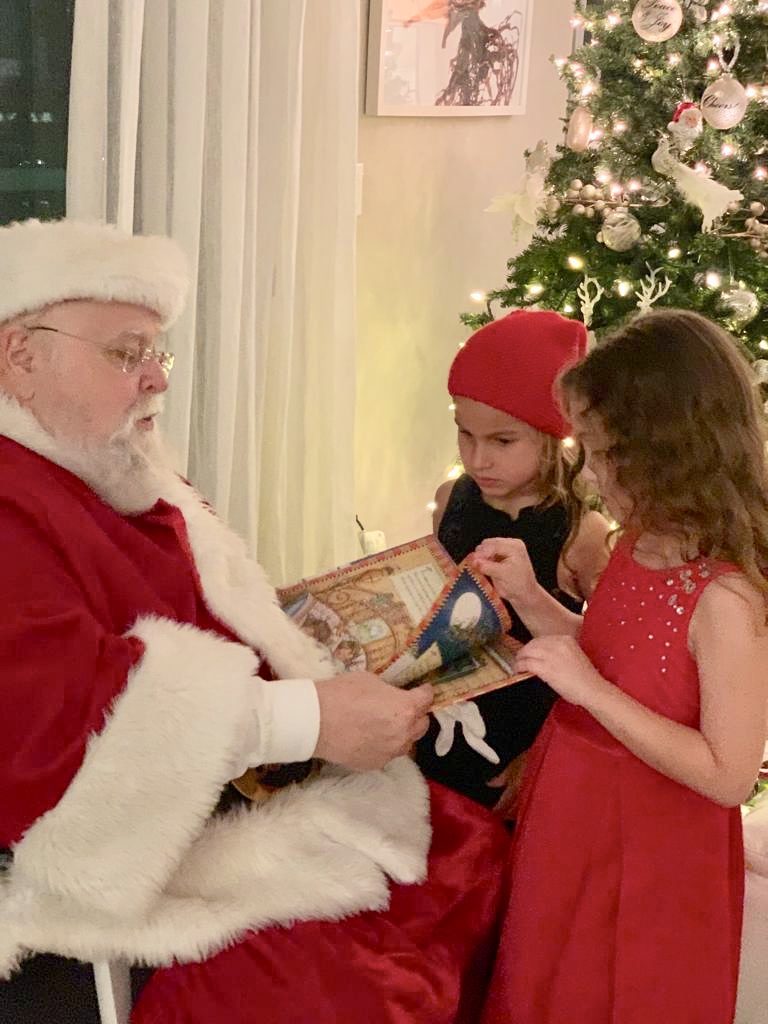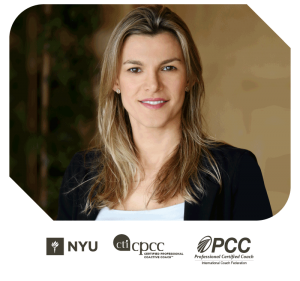This is a story about how much we can learn from our children: about the transformative power of looking deeply into what they say; exploring their reactions and emotions to daily experiences; and about how we can learn to be authentic, vulnerable, and infuse our lives with curiosity. This is also a story about “readiness” in the face of hard truths.
Last month, I was at a restaurant with my family when my 7-year-old daughter, Isabella turned to me and asked: “Mom, are tooth fairies real or are parents the ones who leave money under our pillows when we leave our tooth for the fairy at night?” I was taken aback, not expecting that question to come up at her age. Undeterred, Isabella continued: “That’s what my friend told me, and most girls did not believe her.” I was quiet for a moment. She looked deep into my eyes and said: “Please mom, I want the truth now.”

The conviction in Isabella’s voice let me know she was ready for the truth. I looked at my husband, who gave me the go-ahead. I proceeded to tell her, in the most caring and loving way I could: “Yes, that’s right. We are the tooth fairies.” I noticed her mind working and imagined she was reflecting on those times when she woke up and found a couple of dollars under her pillow, or received drawings and messages from the tooth fairy by her bed in the morning. Connecting the dots, Isabella remarked: “Oh, so on that day when I got that big pink heart, it was actually you, mom? And when I was at grandma’s house and my tooth fell out, she did the same thing… and so did my aunt a few times too?” Her eyes were shinning, as if a window of truth and discovery had opened up for her. But I could also see some disappointment in those beautiful brown eyes.
Once we were in the car and driving back home, Isabella said: “Mom, tell me more truths. I want to know them all.” Curious about what had triggered this, my mind worked through a series of assumptions: was she ready to know more, curious, or just testing me? Gathering my thoughts, I said: “There is nothing else baby, you know it all.” She quickly replied: “What about Santa Claus and the elves, are they real?”

I looked at my husband and quickly responded: “Yes, they are real, didn’t Santa come to our home last Christmas Eve?” She quickly answered: “Yes, but I noticed his pants dropping, which means he had a costume on.” I said: “Well, he has a body under his clothes like everybody else, Isa.” After she insisted several more times, I believed that she was ready for the truth. Eventually, I explained: “That’s right, Isa; Santa Claus is not ‘real.’ A person dresses up like that on Christmas to bring us happiness and joy, to create a beautiful fantasy for all of us, especially for kids.” She opened her mouth in shock: “Wow, mom.”
At that moment, I realized Isabella would no longer experience the magic of these childhood beliefs.
It was hard for her and it was hard for me.
The next day, the first thing Isabella told me when she woke up was: “Mom, I am so sad about Santa.” We hugged and stayed silent for a while. I told her that we can always keep the magic and beliefs of what we want inside of us, in our hearts – that the story makes the entire celebration and season more fun, fulfilling, and joyful.
After we went about our days, I did some online research about the average age kids find out about Santa (which, it turns out, is around 8-9 years old). I felt guilty for having shared that with Isabella at her age. This motivated me to come up with a new perspective to share with her, and it also helped me to come to a better place as a mother.
I broached the subject by asking Isabella how she wanted to celebrate Christmas from that point on. We agreed that, starting this year, she will be my partner in helping to keep the fantasy of Santa and the elves going for her younger brother, Lucas and other children who are not yet ready for the truth. We talked about how she could help me to prepare the house for Santa and sneak money under Lucas’ pillow once he starts losing his teeth. As we talked about various scenarios, I noticed a shift occur; there was a different shine in Isabella’s eyes. She seemed stronger, more grown up, confident, and empowered to help me create similar fantasies to what she had experienced. She promised me that she would not share what she had learned with younger kids, and to hold the beauty of these fantasies within her heart. Moments later, we moved on. What had initially seemed to be a loss and the cause of pain was transformed into something fun she looked forward to.
This is but one of many learning experiences I have had thanks to my children. Some of my greatest lessons have not come from textbooks, but rather engaging deeply in my experiences, having meaningful conversations with my friends and loved ones, and observing, listening, and being present. Kids have the sensibility to feel, sense, and speak up when they need to. In fact, most children express their needs from a place that is free of fear and barriers about what other people might think about them. In a word: they are egoless.
Isabella showed me that we are responsible for the narratives that shape our lives and those of others. This is a core concept of leadership. We are responsible for identifying the time that feels right to face the truth within ourselves, to uncover what’s hidden, and discover both our light and shadow. That is the place for vulnerability and growth, the place that nudges us to ask for help without shame or guilt. This story also reaffirmed how remarkable it is to shift perspective from something that no longer serves us to a better place, where we can find happiness and fulfillment in the purity and simplicity of the truth.


Recent Comments